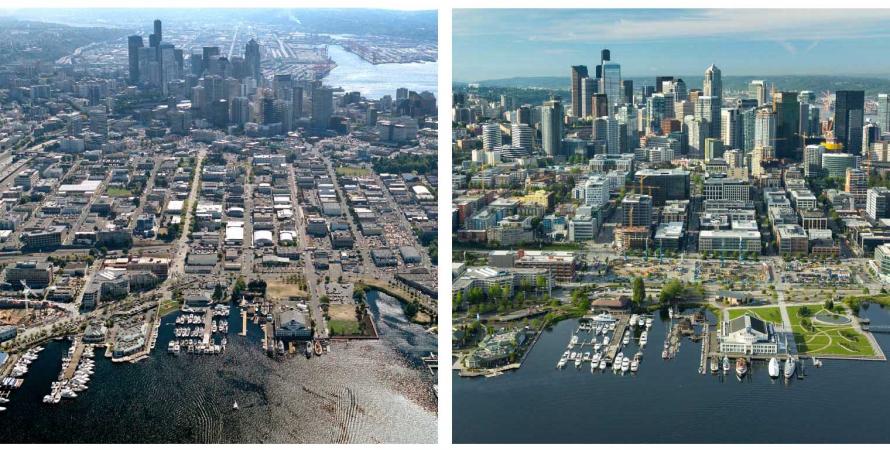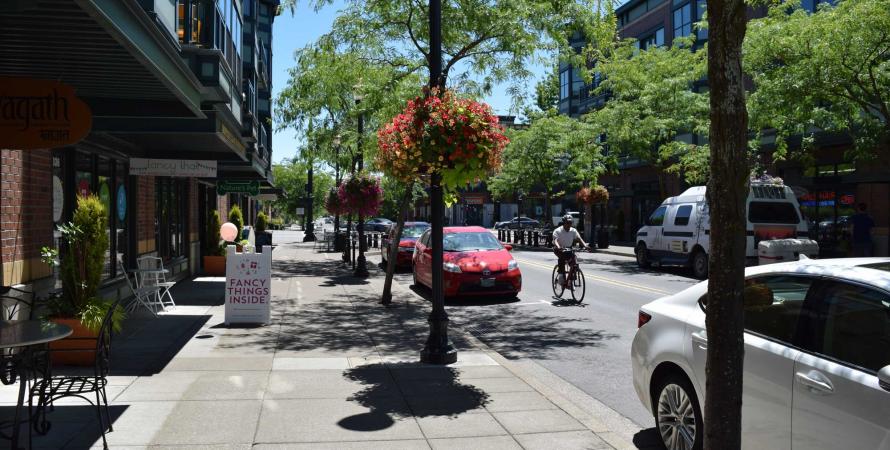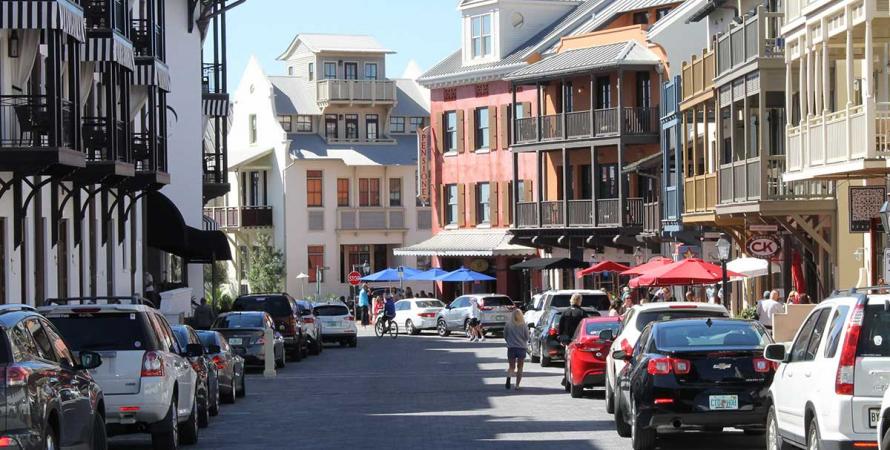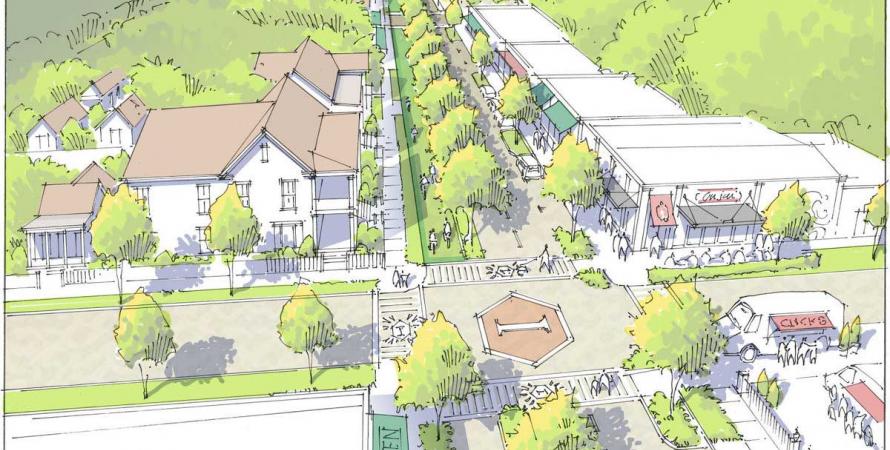-

Catalytic development for walkable urban places
Catalytic development takes place where strategic, integrated investments are made in a concentrated, walkable urban area.Why did Dan Gilbert invest billions in downtown Detroit and stake his home-loan empire on a city going through bankruptcy? Financial experts would caution against such a move—but it appears to be paying off as Gilbert buys more and more property and announces ever larger deals. Gilbert’s Rock...Read more -

A connected and walkable suburb
After two decades of development, Orenco Station offers urban living at a transit station west of Portland.Orenco Station in Hillsboro, Oregon, was covered by fruit orchards and farmland for much of the 20th Century. But “Silicon Forest” took root in the 1980s, and Intel built its largest facility in the world in the Ronler Acres Campus. Hillsboro adopted the Orenco Station Master Plan that guided...Read more -

Learning from others: The NTBA Roundtable
Green urbanism, successional development, and the creation of unique, walkable places are among the National Town Builders Association topics.One of the critical elements of success for developers is to learn from the successes and failures of others— as opposed to having to learn from your own mistakes on your own dime. Today there are more opportunities to learn from others than at any other time in the past due to the multitude of...Read more -

Comeback planned for commercial corridor
CNU partnered with a small city and citizens to create a toolbox with immediate practical usefulness for a segment of the old Dixie Highway in Georgia.New urbanists explored the revitalization of a languishing 21-block, 2-plus-mile-long commercial thoroughfare in Brunswick, Georgia, in early March. Norwich Street, with high vacancy rates but good urban “bones,” has strong redevelopment potential for the coastal city of 16,000 people. In a joint...Read more